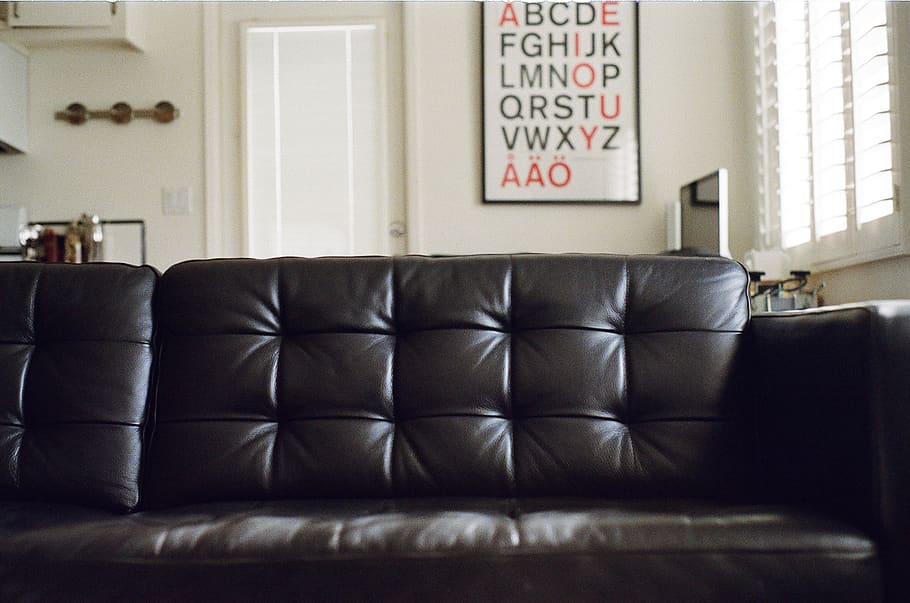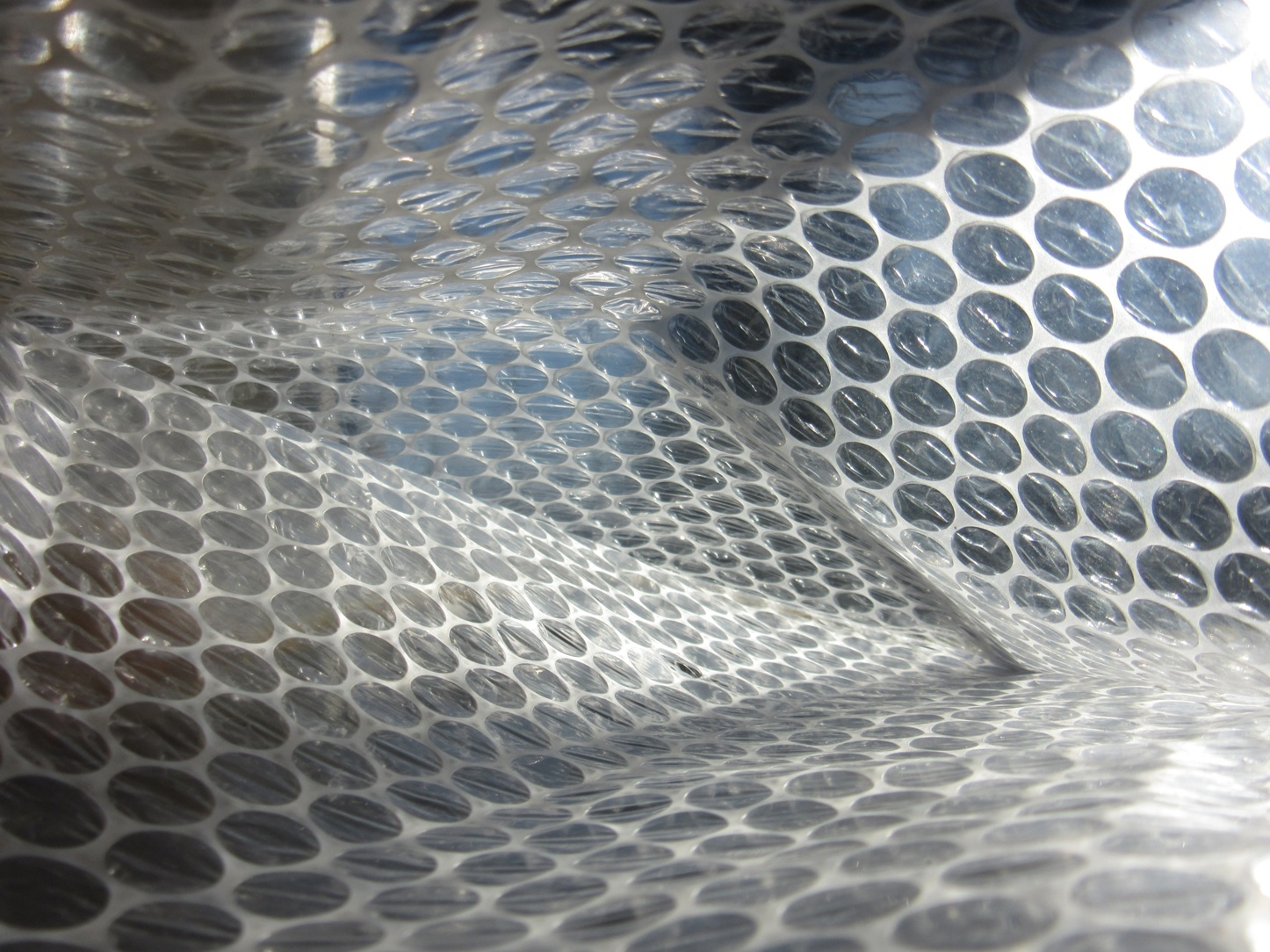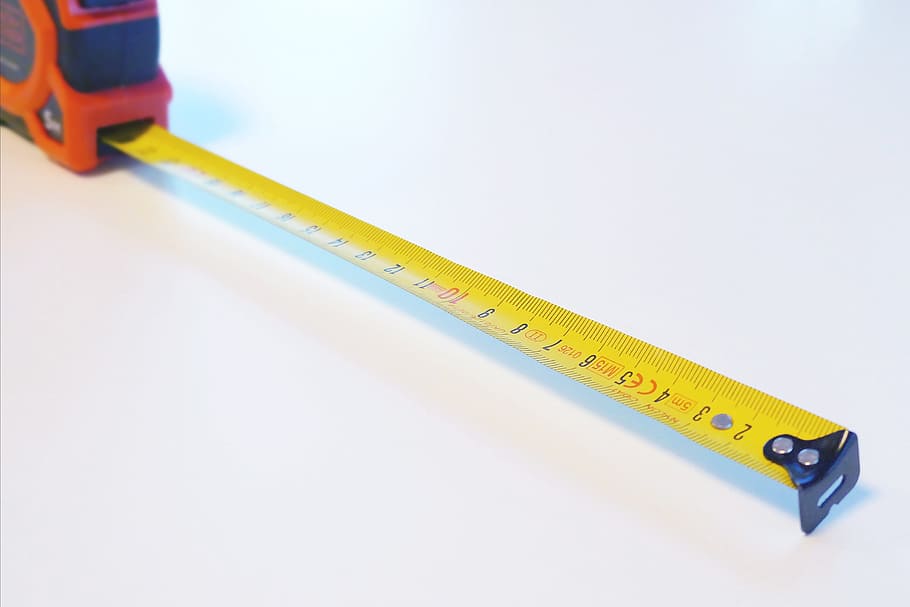Apart from small items that get missing, the one thing that is most likely to happen when you move house is damage to your belongings. Protect your furniture when moving pieces are particularly susceptible to dents, scratches, and breakage due to their bulky and unwieldy nature. Also, a lot of home furniture is actually delicate even though they appear to be sturdy.
Replacing furniture is expensive and you don’t want to add that cost to the expense and trouble of moving house. And even if you could afford it, furniture pieces, like antiques or heirlooms are practically irreplaceable. To save yourself the financial trouble or emotional pain of losing your valuable furniture, you should take extra care to protect them during a house move, advises State Management.
And doing this is not all that hard. All it takes is some caution, the right tools or equipment, and following the proper procedure for moving furniture. To move furniture without damaging them you need to know the right way to disassemble, pack and transport them. And just in case all else fails, it also pays to have some form of insurance.
Steps to protecting your furniture when moving house
Step #1: Disassemble what can be disassembled
Disassembling furniture makes them easier to pack and less liable to damage. If a piece of furniture was not preassembled before it was bought, it should be possible to disassemble it. That often means it was built in a way that allows it to be deconstructed. Dismantling furniture makes it easier to transport them through narrow doorways.
During disassembly, the parts of furniture you should be careful are protruding parts, glass components, fragile or delicate parts (like decorations), and fastening elements. Reassembling the furniture in your new home will be a nightmare if you misplace their fastening elements. Put all bolts and nuts, screws, and other fasteners in a Ziploc bag, double-seal it and label the bag.
Step #2: Wrap furniture carefully before you move them
Before moving them, both assembled and disassembled furniture should be prepped by wrapping them carefully. Wrapping furniture protects them in case they are jolted while being transported. And to do this you need the right wrapping materials and you should know how to use them correctly. The things you need to wrap your furniture are plastic wraps (shrink and bubble wraps), furniture blankets, packing paper, cardboard sheets, and packing tape.
Plastic wraps are clingy and tear-resistant and they protect furniture from bruises. Furniture blankets offer protection against shocks. Packing paper should go over delicate parts before anything else. Place cardboard sheets over and around glass surfaces before wrapping them in plastic wraps and furniture blankets. Packing tape helps to hold everything in place.
Step #3: Be careful when moving furniture
Furniture often gets damaged because of the way we move them. Trying to single-handedly lift a piece of furniture that is too heavy for one person may lead to damage to the furniture or injury to the person doing the lifting. With heavy stuff like pianos, pool tables, and heavy chairs, take precautions.
Use special equipment for moving heavy furniture such as dolly, hand truck, skid boards, place gliders, moving straps, and felt pads. With a dolly, you can move items that are as heavy as 800 pounds. You should also take note not to hire a moving truck unless it has tie-downs and a ramp. These will make it easy to get the furniture into the truck and keep them from being thrown around during the drive.
Step #4: Measure furniture and keep doorways clear
Open doors as wide as possible and keep them propped open when moving furniture. This makes it easier to ease the pieces through the doorway. The protruding parts of furniture and their delicate or breakable parts are easily damaged by swinging doors or when they get hooked onto door handles and edges.
Measuring the dimensions of your furniture and the doorways or corridors in your new home will help you avoid trying to pass furniture through doors or corridors that are too narrow for them. Knowing the dimensions of doorways and corridors beforehand will help you plan.
Step #5: Explore available insurance options
Accidents can happen and there are no assurances that accidents will not happen during your house move. If you are using a professional mover, the company will typically have some form of insurance. But this is rarely enough to cover the cost of your furniture if they get damaged.
You may need to explore additional insurance coverage. This is absolutely recommended if you have very expensive furniture, antiques or heirlooms. And when buying insurance during a house move pay attention to how your belongings will be valued and only buy a policy that will pay the actual replacement costs for damaged goods.
Finally, we never know the value of our belongings until we are forced to either live without them or replace them. Taking the above steps with your furniture will help you avoid having to endure either of these two situations during and after your house move.





